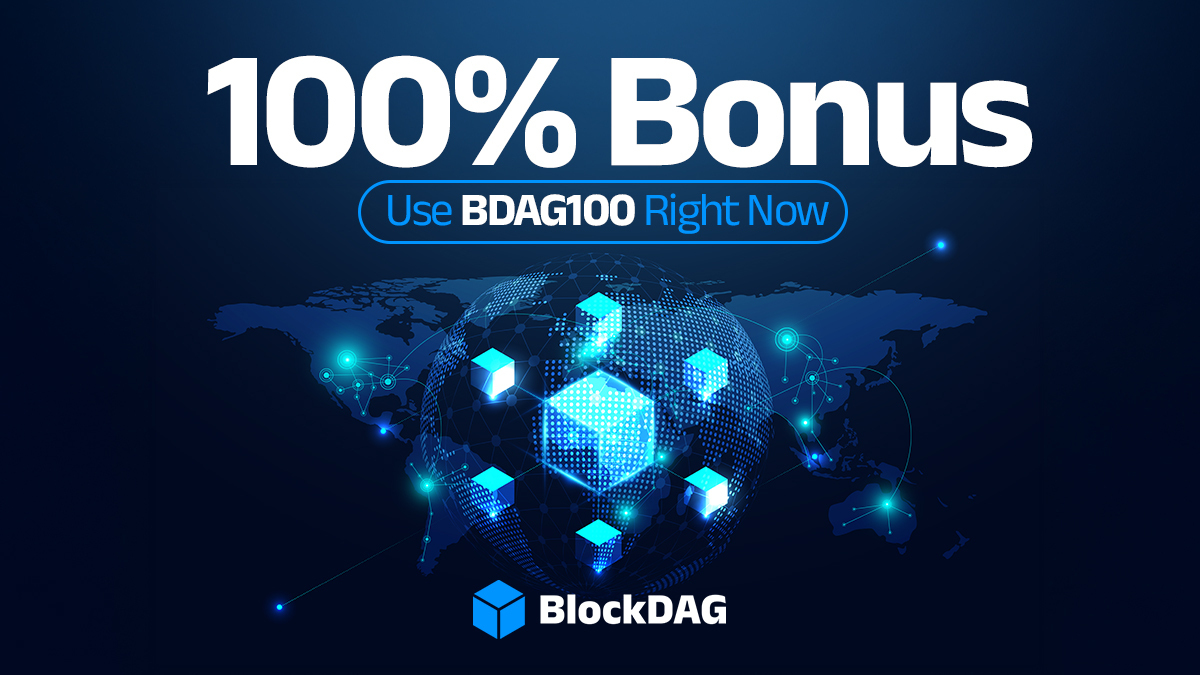The XRP Ledger (XRPL) reached a significant milestone on October 30, 2024, with the activation of the Decentralized Identifier (DID) amendment, marking a new phase for user-controlled digital identities.
The new feature, known as XLS-40, enables users to create self-sovereign identities that are cryptographically verifiable and independent of centralized authorities, adding a layer of security and privacy to transactions on the XRPL.
Decentralized Identifiers (DIDs) and their Role on XRPL
DIDs are unique, decentralized identifiers that allow users to own and manage their digital identities without reliance on a central authority. This structure aligns with the World Wide Web Consortium (W3C) specifications, making DIDs persistent, globally resolvable, and compatible across multiple blockchain networks.
According to Mayukha Vadari, who helped develop the code for the DID standard on XRPL, these identifiers function similarly to a digital fingerprint, providing a unique and verifiable identity.
Each DID is associated with a DID document containing cryptographic keys, verification methods, and service endpoints. This document enables verifiable credentials (VCs), which prove a user’s identity while allowing the user to keep control of their personal data. The DID document is referenced on-chain via a two-way link, ensuring authenticity and preventing forgery, as both the DID and the document mutually verify each other.
Verifiable Credentials and their Potential Applications
For the XRPL ecosystem, DIDs alone are only part of the identity solution. To fully validate user identities, verifiable credentials (VCs) play an essential role. VCs are tamper-evident and cryptographically secure credentials issued by trusted entities, allowing users to share proof of identity without compromising personal data.
Vadari noted in a Twitter exchange that VCs could be critical in areas like preventing election fraud, as they enable secure identity verification when paired with DIDs.
VCs on XRPL can enable a wide range of applications, including KYC (Know Your Customer) and AML (Anti-Money Laundering) compliance, access to decentralized finance (DeFi) applications, and secure digital transactions. By combining DIDs and VCs, the XRPL aims to offer a decentralized and user-controlled alternative to traditional identity solutions.
Ripple CTO Reaffirms XRP Role in Network Security
Meanwhile, Ripple CTO David Schwartz addressed questions from the XRP community regarding the network’s reliance on XRP. Schwartz emphasized that XRP remains essential to the XRPL’s security, as it serves as a safeguard against spam attacks.
For a public ledger to resist spam attacks, you need something scarce to fund a transaction so an attacker can’t drown the system with infinite garbage. XRPL only uses XRP for this purpose. Unless rules change, nothing can move on XRPL without XRP.
— David “JoelKatz” Schwartz (@JoelKatz) October 27, 2024
He explained that requiring XRP for transaction fees prevents malicious users from flooding the network with excessive transactions.
“For a public ledger to resist spam attacks, you need something scarce to fund transactions,” Schwartz stated, adding, “Unless rules change, nothing can move on XRPL without XRP.”
This statement reassures XRP holders about the token’s long-term utility, especially amid the ongoing development of Ripple’s stablecoin, Ripple USD (RLUSD). XRP supporters had previously raised concerns that RLUSD’s introduction could reduce demand for XRP in cross-border payments. However, Schwartz and Ripple executives have clarified that the stablecoin is intended to complement, not replace, XRP within the XRPL ecosystem.
Future of DIDs on XRPL and Potential Use Cases
The launch of DIDs on XRPL is expected to bring multiple benefits to the ecosystem. The decentralized identifiers provide a secure, user-controlled mechanism for managing digital identities, which is increasingly important as more services and applications migrate to blockchain-based platforms.
On XRPL, DIDs could streamline identity verification for DeFi applications, online transactions, and digital document signing. This development aligns with broader industry trends emphasizing privacy and user control over personal data.
The addition of DIDs also positions XRPL as a competitive platform for identity solutions in Web3, where decentralized identity management is a growing priority. As more applications adopt the DID standard, XRPL could see increased user engagement, particularly from individuals and organizations interested in privacy-focused, self-sovereign identity solutions.
Disclaimer: The presented content may include the personal opinion of the author and is subject to market condition. Do your market research before investing in cryptocurrencies. The author or the publication does not hold any responsibility for your personal financial loss.










✓ Share: